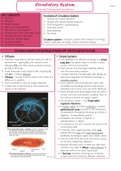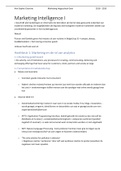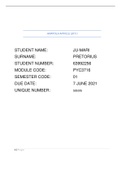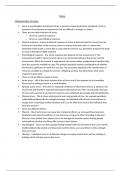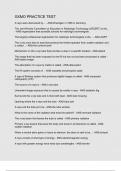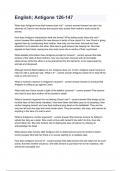Summary
Summary Circulatory System Notes
- Institution
- University Of The Witwatersrand (wits)
- Book
- Biology
Detailed summary and study notes compiled from lecture notes, textbook and other resources. Relevant pictures and diagrams are included for a comprehensive understanding of the content. The notes are uploaded as A4 pages. The full A4 pages are shown when sold but not sure as to why they don't show...
[Show more]
